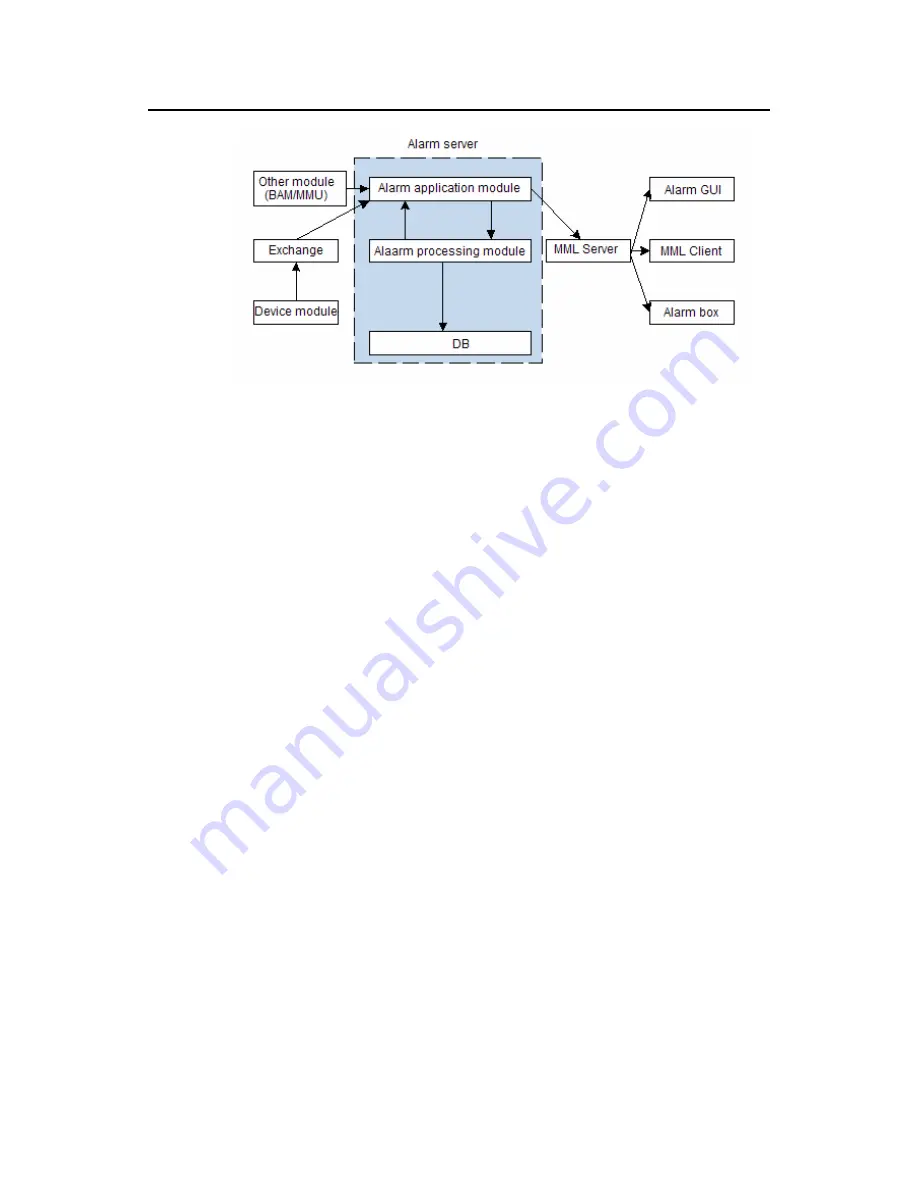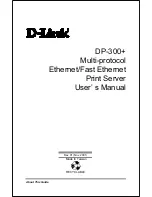
Technical Manual
U-SYS MRS6100 Media Resource Server
Chapter 7 Operation and Maintenance
Huawei Technologies Proprietary
7-7
Figure 7-1
Architecture of alarm generation subsystem
The alarms can be divided into two types:
z
Alarms from the BAM modules are called internal alarms
z
Alarms from the device modules are called device alarms
The internal alarms provide ways to detect the BAM internal faults, without which it
will be very difficult to locate faults within the BAM itself. The device alarms help to
locate the faults occurring to devices.
The internal alarms are sent directly to the alarm module, while the device alarms
are sent to the alarm server through the Exchange module.
The alarm server consists of two parts, the alarm application module and alarm
processing module. The application module receives the alarms from various
source stations as described earlier, and then sends them to the alarm processing
module, of which the repeated alarm check and information verification are
completed before database updating. Once the database is updated, the
processing module sends the alarm information back to the application module,
and reports it to the clients like the MML WS, alarm GUI and alarm box through the
MML server.
7.4.2 Hardware Alarm Reporting Path
All MRS6100 boards are intelligent. They can monitor the status, running conditions
and external interfaces, test and designate the operating status, and report
abnormities to superior devices.
The superior devices can automatically monitor the running status of lower-level
devices, report the detected abnormities to the higher-level ones, and implement
such operations as channel blocking, active/standby switchover, system
reorganization, device restarting and so on.
















































